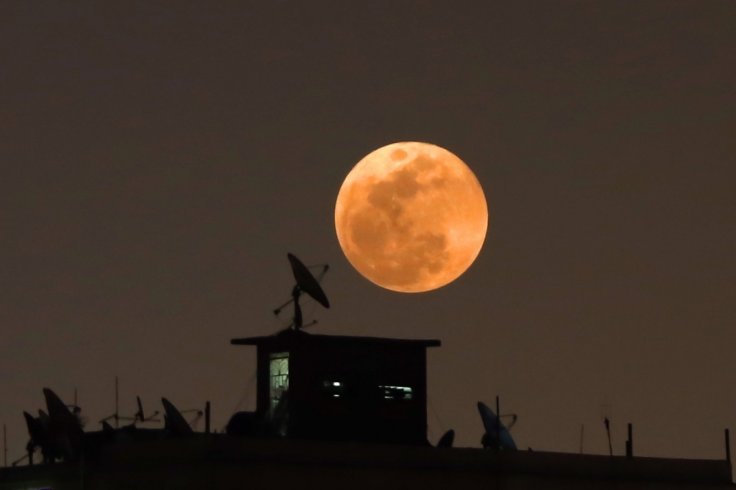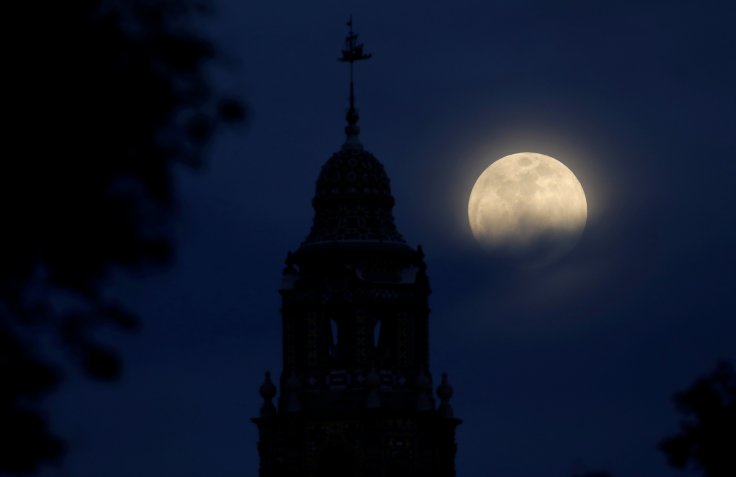August is an exciting month for stargazers as it offers a delightful celestial treat. This year, there will be two super moons to admire. The second of the two super moons will be a super blue moon, a rare astronomical phenomenon that won't happen again until January 2037.
A super moon occurs when the moon is at its perigee, the closest point to Earth in its orbit, according to Space.com The moon's distance from Earth is not constant due to its elliptical path around our planet. During the perigee, the moon can appear up to 30 percent brighter than usual and up to 14 percent larger in the night sky.
Double Treat for Stargazers

On the other hand, a super blue moon is a rare occurrence where a super moon coincides with the fifth full moon of the season. Typically, there are four full moons in each season, but due to variations in the number of days in a month, a fifth full moon occasionally happens, approximately once every 2.5 years.
When this rare fifth full moon coincides with the perigee phase of the moon's orbit, it is known as a super blue moon.
When and Where
The regular supermoon will occur on Tuesday, August 1, reaching its peak illumination at 2:31 pm EDT and 19:31 BST. However, since the sun will still be up at that time, you'll have to wait until several hours after sundown to witness its full brilliance and size in the night sky.

The super blue moon then happens approximately four weeks later, on Wednesday, August 30. At 9:36 pm EDT on that day, the super blue moon will reach its peak illumination, offering a stunning display in the night sky.
Stargazers on the East Coast will be able to witness its full brilliance. Even on the West Coast, although slightly diminished after sunset, the spectacle of the super blue moon will still be visible.
Among the two events, the super blue moon is the one you shouldn't miss, as its peak intensity will closely coincide with sundown in the United States. Make sure to seize this opportunity, as the last super blue moon was observed in December 2009, and the next one won't be seen until August 2032.
Amazing Year for Stargazers
There will be a total of four supermoons in 2023. The first one occurred on July 3 and was captured in breathtaking photographs from various places such as London, Istanbul, and San Francisco.

Following the July supermoon, there will be two more supermoons in the month of August. These two supermoons are unique events known as a 'blue supermoon.'
The last supermoon of the year will take place on September 29. This event will mark the fourth and final supermoon of 2023.
A supermoon is always a full moon, but not all full moons qualify as supermoons. Typically, there are around three or four supermoons in a year.

What's a blue moon? A blue moon is a rare occurrence when two full moons happen within the span of one calendar month. Since a full moon appears roughly every 29.5 days, there are instances where two full moons coincide in a single month.
This infrequent event, known as a "blue moon," usually takes place every two or three years, explaining the origin of the phrase "once in a blue moon."
However, the probability of two full moons in one month both being "super" is even lower, making it an even more exceptional and uncommon phenomenon.
The most recent occurrence of two supermoons in one month was in January 2018, and we won't witness this phenomenon again until January 31, 2037, as confirmed by NASA.
For the supermoon on Tuesday, it will be at a distance of 222,158 miles from Earth. However, the supermoon on August 31 will be even closer, positioned at just 222,043 miles away, making it an even more captivating spectacle to behold.

The tradition of giving nicknames to full moons based on the months of the year has been prevalent for centuries. For example, the January full moon is called the Wolf moon, February's is the Snow moon, March's is the Worm moon, April's is the Pink moon, May's is the Flower moon, and so forth.
When it comes to August's full moon, it is known as the Sturgeon moon, deriving its name from the large fish that was traditionally caught with ease during this period of the year.
This practice of assigning names to full moons adds a cultural and historical dimension to our observation of the lunar cycle.









